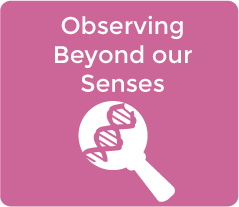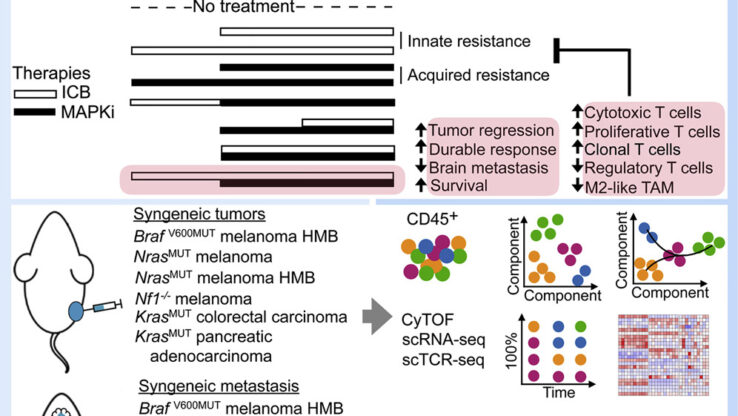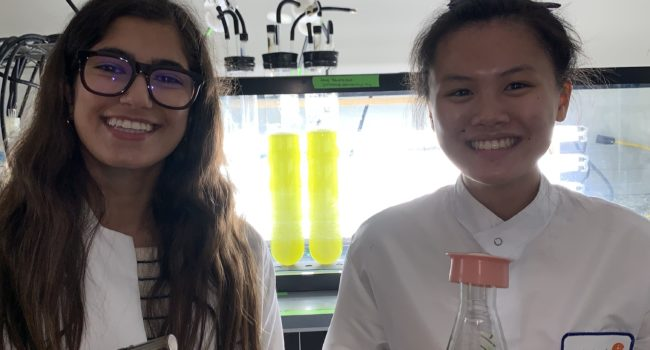HS-PS3 Energy
 see.isbscience.org/ngss/hs-ps3-energy/
see.isbscience.org/ngss/hs-ps3-energy/| Disciplinary Core Topics |
| PS3.A: Definitions of Energy
PS3.B: Conservation of Energy and Energy Transfer PS3.C: Relationship Between Energy and Forces PS3.D: Energy in Chemical Processes and Everyday Life |
|
Students who demonstrate understanding can: |
|
HS-PS3-1. Create a computational model to calculate the change in the energy of one component in a system when the change in energy of the other component(s) and energy flows in and out of the system are known. [Clarification Statement: Emphasis is on explaining the meaning of mathematical expressions used in the model.] [Assessment Boundary: Assessment is limited to basic algebraic expressions or computations; to systems of two or three components; and to thermal energy, kinetic energy, and/or the energies in gravitational, magnetic, or electric fields.] HS-PS3-2. Develop and use models to illustrate that energy at the macroscopic scale can be accounted for as a combination of energy associated with the motions of particles (objects) and energy associated with the relative position of particles (objects). [Clarification Statement: Examples of phenomena at the macroscopic scale could include the conversion of kinetic energy to thermal energy, the energy stored due to position of an object above the earth, and the energy stored between two electrically-charged plates. Examples of models could include diagrams, drawings, descriptions, and computer simulations.] HS-PS3-3. Design, build, and refine a device that works within given constraints to convert one form of energy into another form of energy.* [Clarification Statement: Emphasis is on both qualitative and quantitative evaluations of devices. Examples of devices could include Rube Goldberg devices, wind turbines, solar cells, solar ovens, and generators. Examples of constraints could include use of renewable energy forms and efficiency.] [Assessment Boundary: Assessment for quantitative evaluations is limited to total output for a given input. Assessment is limited to devices constructed with materials provided to students.] HS-PS3-4. Plan and conduct an investigation to provide evidence that the transfer of thermal energy when two components of different temperature are combined within a closed system results in a more uniform energy distribution among the components in the system (second law of thermodynamics). [Clarification Statement: Emphasis is on analyzing data from student investigations and using mathematical thinking to describe the energy changes both quantitatively and conceptually. Examples of investigations could include mixing liquids at different initial temperatures or adding objects at different temperatures to water.] [Assessment Boundary: Assessment is limited to investigations based on materials and tools provided to students.] HS-PS3-5. Develop and use a model of two objects interacting through electric or magnetic fields to illustrate the forces between objects and the changes in energy of the objects due to the interaction. [Clarification Statement: Examples of models could include drawings, diagrams, and texts, such as drawings of what happens when two charges of opposite polarity are near each other.] [Assessment Boundary: Assessment is limited to systems containing two objects.] |
Source: http://www.nextgenscience.org/






